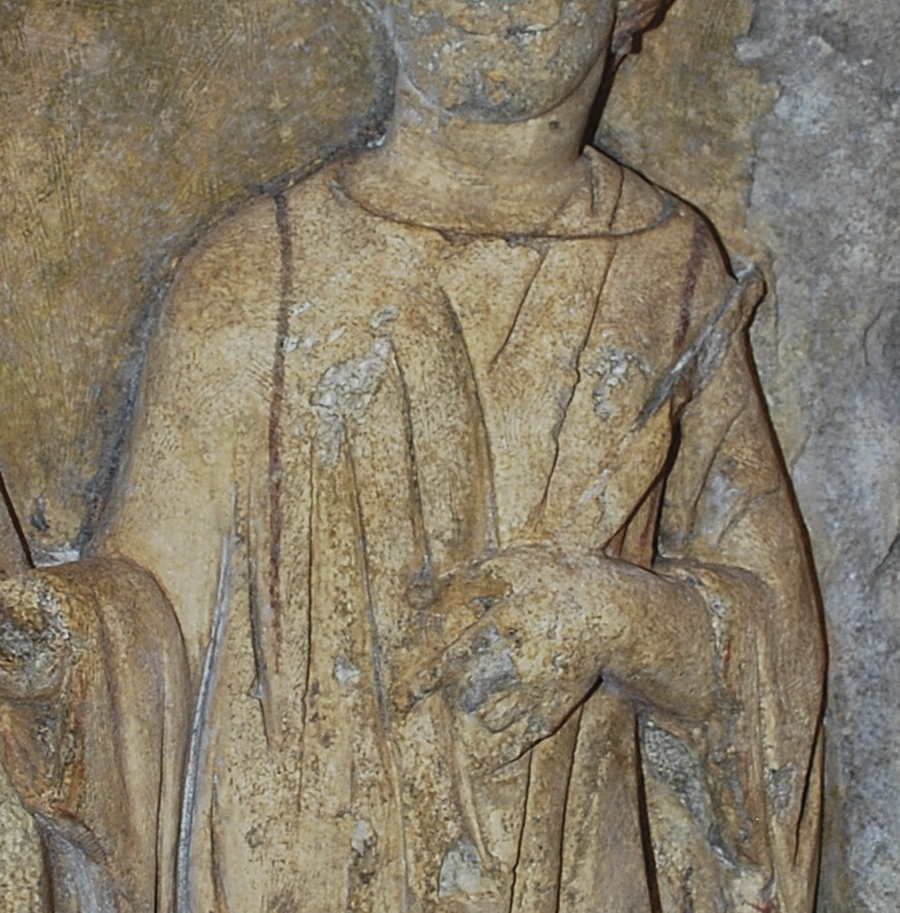October 2023 (127.4)
Article
Roman Clavus Decoration on Gallic Dress: A Reevaluation Based on New Discoveries
New evidence for color decoration on garments calls into question previously held assumptions about the nature of local dress styles in Roman Gaul. So-called Gallic dress, consisting of a sleeved, unbelted tunic for both men and women, accompanied by a hooded cape for men and a rectangular mantle for women, was especially popular in the northwestern provinces from the late first to the late third century CE. Most recent research on the subject has seen it as entirely local in origin and the result of the development of a Gallic/northwestern regional identity. However, recently published evidence, including a detailed study of paint remains on a corpus of funerary reliefs in eastern Gaul, a reconstructed second tunic from the textile find site at Les Martres-de-Veyre (France), and wall painting fragments from Maasbracht (Netherlands) have revealed that the sleeved Gallic tunics could in fact be decorated with two vertical parallel bands, clavi—a typically Roman tunic decoration. As a result, it is necessary to reevaluate our understanding of how Gallic dress developed, what it signified, and ultimately the extent to which we can reconstruct local dress styles in the Roman provinces when so little of the original paintwork on stone monuments survives.
More articles like this:
Iconography • Sculpture • Cultural Interaction • Roman Period • Europe > Western Europe